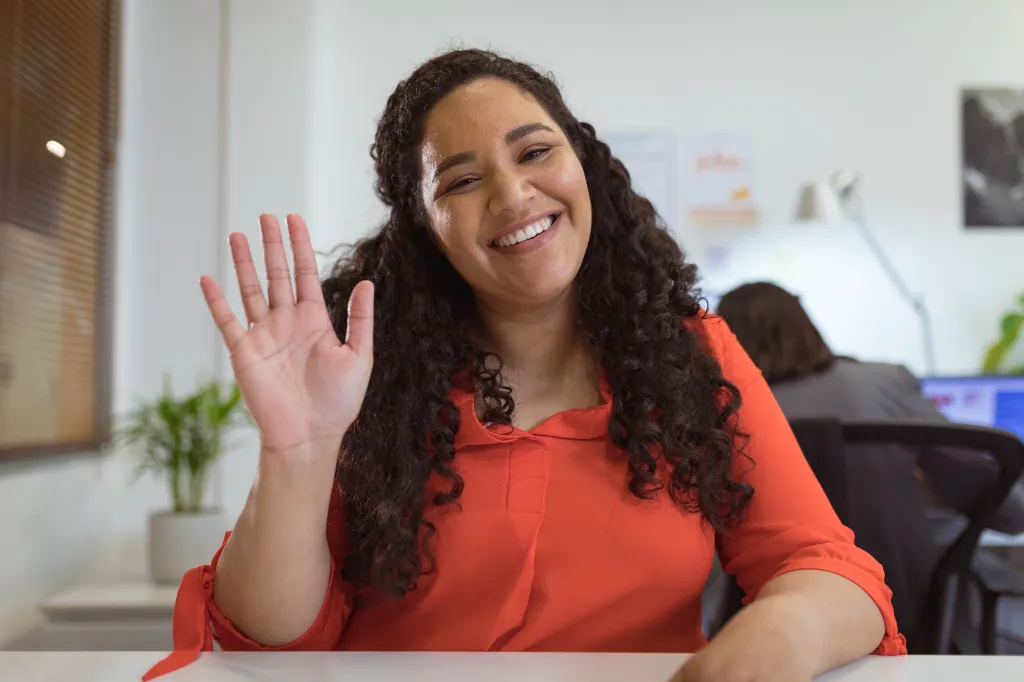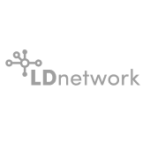Dyslexia Meaning
Dyslexia is a learning difficulty that affects language-based skills like word processing and reading. It does not, however, affect people’s general intelligence. People with dyslexia face challenges when reading but can have an average or above-average intelligence score.
Dyslexia is a part of neurodiversity, which is a difference in brain functioning. Dyslexia causes changes in the way words are processed and read. The exact cause is unknown, but in most cases, it is hereditary and can also be acquired due to a brain injury. Dyslexia can vary in degree and type, but it generally impacts the ability to process and recognise the connection between sounds and letters.
For some, even short and familiar words can be difficult to say or read, so people try hard to sound words out. Writing, spelling or speaking can also be affected, which is why dyslexia is treated as a language-based learning difficulty.
Different Types of Dyslexia
As explained before, dyslexia is a language-based learning difficulty involving multiple symptoms. According to the International Dyslexia Association, around 20% of the population has dyslexia.
Although it cannot be cured, it can most definitely be supported, and the treatment plan will depend vastly on the type of dyslexia and the individual’s needs. Our committed and highly trained clinicians at Unique Community Services can provide support for people with dyslexia by creating individualised, person-centred care plans that focus on people’s strengths. People are most commonly diagnosed as a child during their school years, but individuals can also be diagnosed later in life. Experts categorised signs and symptoms into different types of dyslexia to offer children and adults effective care and support. Also, it is important not to confuse the term “math dyslexia”, which is commonly used for people who have dyscalculia. This is actually another form of learning difficulty that affects people’s ability to utilise basic math skills.
Phonological Dyslexia
Some people with dyslexia face difficulties with phonemic awareness, which is the ability to recognise the sound of letters combined to form a word. Breaking down words into syllables and connecting letters to their corresponding sounds can be challenging. Phonological dyslexia is one of the most common types of dyslexia, and some of the symptoms include:
- Difficulty spelling
- Difficulty learning the sounds of letters
- Difficulty sounding out words
- Slow reading
- Avoiding reading activities
- Difficulty analysing unknown words
Rapid Naming Dyslexia
People with rapid naming dyslexia have difficulty pronouncing and reading numbers, colours and letters, although they know what the things are. It may take longer to remember the word for a specific subject, so people with rapid naming dyslexia have a slower reading speed. Some of the symptoms include:

- Using gestures rather than words
- Substituting words
- Leaving words out
- Slow response to words
Double Deficit Dyslexia
Double deficit dyslexia combines both phonological and rapid naming dyslexia. This means that people with this type of dyslexia will have difficulty quickly identifying the sounds of words and naming things. For example, a person with this type of dyslexia has a challenging time when reading as they have a slower naming speed and struggle to identify sounds in words. This type of dyslexia is often regarded as the most complex type, and some of the symptoms include the following:
- Lower phonological awareness
- Slower naming speed rate
Surface Dyslexia
People who can easily sound out new words but don’t recognise familiar words by sight may have surface dyslexia. In this case, experts believe that the brain has difficulty recognising what words look like to process words faster.
This type of dyslexia affects words that should be memorised but don’t sound the way they are spelt. This also makes it even harder to sound them out. Other names for surface dyslexia include visual or dyseidetic dyslexia. Some of the common signs and symptoms include:
- Slower reading rate
- Difficulty with word recognition
- Difficulty with spelling
- Difficulty reading words that don’t sound like they are spelled
- Confusing letters that differ in orientation like b-d, p-q
- Confusing words that can be dynamically reversed, like was-saw
- Limited sight vocabulary
- Difficulty recalling the shapes of letters
Visual Dyslexia
Visual dyslexia affects visual processing, omitting the brain to get the complete picture of what the eyes see. People with this type of dyslexia find it difficult to read. The text may seem blurry or appear to move across the page. Some of the symptoms of visual dyslexia include:
- Difficulty tracking lines of text
- Text appearing blurred or going out of focus
- Difficulty keeping text in place
- Text seeming double or altering between single and double
- Headaches and eyestrain
Categories of Dyslexia
Many assume there’s only one kind of dyslexia, but this is only partially true. People can be diagnosed with dyslexia, but some of the symptoms are categorised so that experts, parents, carers and healthcare professionals can all work out the best steps towards providing the best form of support.
Developmental Dyslexia
Developmental dyslexia refers to dyslexia that is genetic or diagnosed at a young age. This type of dyslexia includes primary and secondary dyslexia and is more common in boys.
Primary Dyslexia
Primary dyslexia is a type of dyslexia considered present due to genetics. A child whose parents have dyslexia has an increased chance of having dyslexia as well. Primary dyslexia, however, has a higher prevalence among males.

Secondary Dyslexia
Secondary dyslexia is a type of dyslexia that results from brain development during the early stages of pregnancy, and it is considered a developmental type of dyslexia since it is present at birth.
Acquired Dyslexia
Acquired dyslexia is often caused by trauma to the brain, making it the only type that is diagnosed with a known cause.
Dyslexia FAQs
Learning more about dyslexia and how we as a community collectively can embrace and support people with dyslexia is a crucial step toward breaking stereotypes and misconceptions.
Can You Outgrow Dyslexia?
Dyslexia is not something that people can outgrow. However, early intervention and support can do so much to mitigate the challenges. Today, there are also several methodologies, technologies and tools that can help support people with dyslexia in adapting and overcoming the challenges that may arise.
Can You Develop Dyslexia Later in Life?
Most people diagnosed with dyslexia have it from birth. Still, it is possible to develop a type of dyslexia later in life due to a traumatic brain injury, concussion or a stroke.
Does Dyslexia Affect IQ?
Although the short answer is no, there are still misconceptions and misinformation about people with learning difficulties such as dyslexia. Because of the reading challenges children face, people tend to think that children with dyslexia will usually perform and progress slower than their peers.
It’s important to differentiate between children’s intelligence and reading difficulties. According to research, children and students with dyslexia show strong problem-solving skills and enhanced creativity levels. Dyslexic children have vivid imaginations, which allow them to perform well in activities like painting and drawing. Also, dyslexic children can think outside the box, find creative solutions to problems, and see things from different perspectives.














